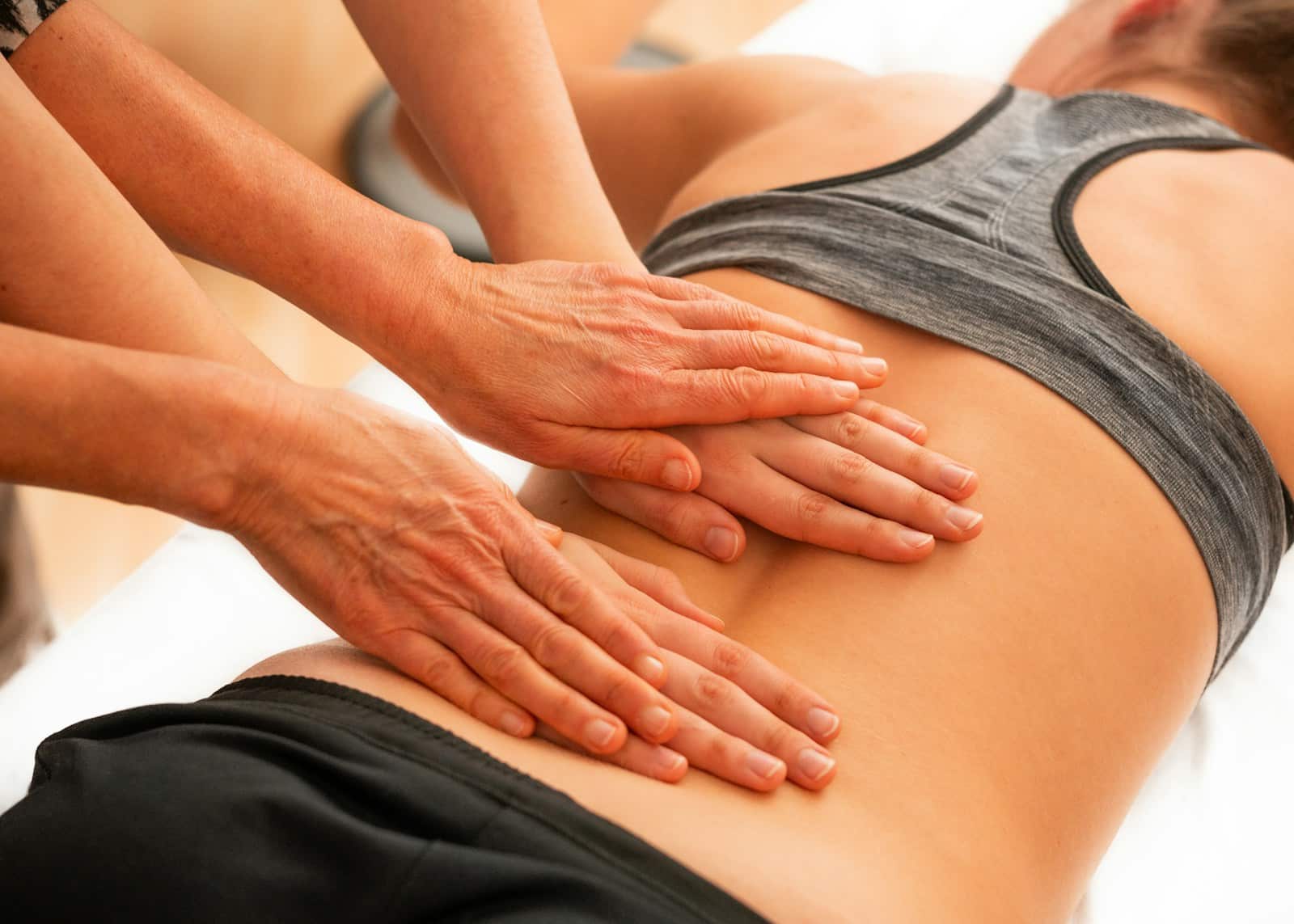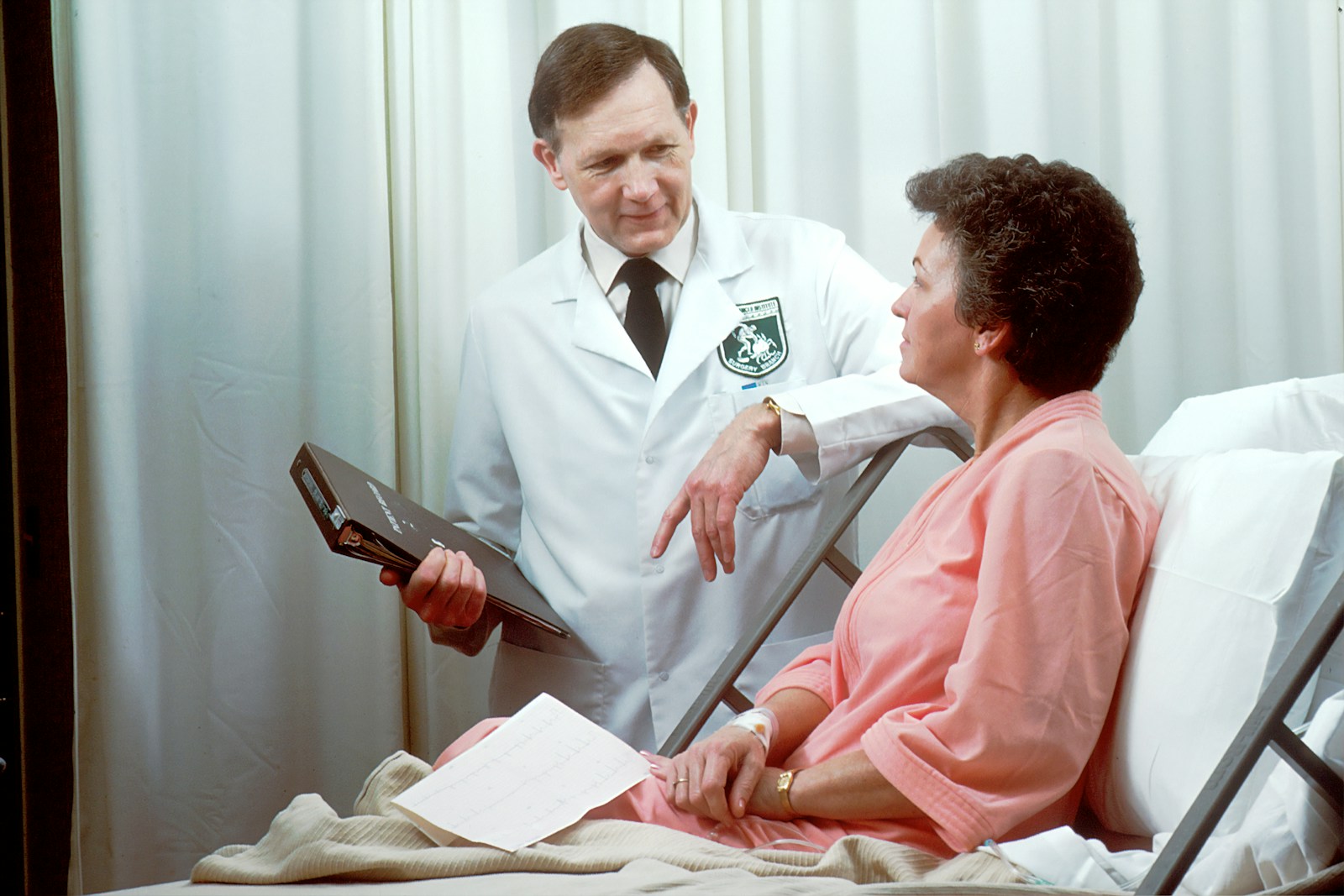Lower back pain, a widespread condition, hampers daily activities and life quality. Physical therapy addresses this issue in a non-invasive, economical way, offering long-term relief and enhanced mobility. This therapy works through specific techniques. It delivers identifiable benefits to patients. These aspects will be detailed in this discussion.
Understanding Lower Back Pain
Understanding lower back pain involves examining its causes, symptoms, and contributory factors. The spinal anatomy, comprising interconnected bones, joints, nerves, ligaments, and muscles, is crucial in this context, as any imbalance can trigger back pain.
Lifestyle influences spine health, impacting the likelihood of developing lower back pain. Factors include physical activity, diet, sleep, stress, and posture. Sedentary behavior weakens back muscles, increasing the risk of back pain.
Unhealthy eating habits can lead to obesity, exerting extra strain on the spine, and potentially causing back pain. Chronic stress results in muscle tension and contraction, creating back stiffness and pain. Insufficient sleep impedes the body’s healing processes, intensifying back pain symptoms.
The Role of Physical Therapy
Physical therapy plays a pivotal role in managing lower back pain by providing a non-invasive, non-pharmacological approach for pain relief. It targets the root cause of pain, enhancing functionality and mobility, thus improving patient’s quality of life.
Access to skilled physical therapists and therapy centers, along with the ability to maintain consistent therapy sessions, significantly contributes to the management of lower back pain. This therapy accessibility is crucial for sustained relief.
Insurance coverage is integral to ensure affordability of regular therapy sessions. Many insurance providers cover physical therapy costs, recognizing its effectiveness in managing lower back pain.
Common Physical Therapy Techniques
Physical therapy addresses lower back pain via key techniques such as manual therapy, therapeutic exercise, and pain management. Each technique plays a specific role, and their strategic combination significantly alleviates back pain. Optimized for NLP and semantic search, this concise information ensures efficient processing and relevance in machine learning applications.
Manual Therapy Techniques
Manual therapy, a centuries-old treatment, utilizes hands-on techniques to alleviate lower back pain. This physical therapy method incorporates principles from diverse medical systems. Techniques involve muscle and joint manipulation using varying force degrees, amplified by therapist’s hand usage and specific patient positioning. Goals include pain relief, mobility improvement, and overall back function enhancement. Personalized treatment plans typically yield optimal results.
Therapeutic Exercise Methods
Therapeutic exercise methods, significant in physical therapy techniques, alleviate lower back pain and restore function while preventing further injury. Customized to each patient’s needs and abilities, these exercises incorporate equipment use and posture correction.
- Strengthening Exercises: Workouts targeting weak muscles, utilizing resistance bands and weights.
- Stretching Exercises: Enhance flexibility, reduce muscle tension supporting the spine.
- Low-Impact Aerobic Conditioning: Activities like walking or cycling, elevate heart rate without spine jarring.
- Posture Correction: Education on maintaining correct posture to minimize back strain.
- Core Stability Exercises: Strengthen lower back-supporting muscles, improve balance.
Therapeutic exercise methods significantly enhance life quality for lower back pain patients.
Pain Management Strategies
Physical therapy employs diverse pain management strategies to mitigate lower back pain. Techniques encompass therapeutic exercises, acupuncture, massage, heat/cold therapy, and electrical stimulation. Each technique’s benefits are unique and can be customized to patient needs. Medication, including nonsteroidal anti-inflammatory drugs, muscle relaxants, and occasionally, opioids, often supplements physical therapy, enabling active therapy participation. The latter, however, is used sparingly due to potential side effects. An effective pain management strategy integrates these techniques for a holistic approach to back pain relief.
Benefits of Physical Therapy
Physical therapy offers significant benefits, especially towards managing and alleviating lower back pain. This non-invasive, cost-effective method aligns with future medical developments focusing on holistic health and preventative care. The benefits include:
- Cost-Effectiveness: Physical therapy, compared to surgeries or long-term medications, is a more affordable solution for lower back pain management.
- Evolving Field: Physical therapy is an evolving field, constantly adopting innovative techniques for improved patient care.
- Enhanced Mobility and Functionality: Physical therapy boosts muscle strength and flexibility, lowering re-injury risks.
- Reduced Medication Dependence: Physical therapy targets pain’s root cause, potentially decreasing or eradicating the necessity for pain medication.
- Prevention of Chronic Pain: Regular physical therapy can stop acute lower back pain from developing into a chronic condition.
Preparing for Your First Session
Before your initial physical therapy session for lower back pain, preparation is crucial. This involves understanding session expectations and setting personal goals.
The session will include a comprehensive assessment of your physical state and lower back pain history. Your therapist will examine your posture, movement, and overall physical performance. Wearing comfortable clothing can facilitate this process.
It is vital to clearly convey your objectives to the therapist, whether it’s pain alleviation, enhanced mobility, or strength restoration. This clarity assists in tailoring a treatment plan to your needs.
Also, bring relevant medical reports or scans and be ready to discuss previous treatments and their efficacy. This data provides a holistic view of your health history, allowing more precise and effective treatment.
Exercises for Lower Back Pain
Specific exercises can effectively alleviate lower back pain and augment physical function. Done regularly and correctly, these exercises enhance flexibility, strength, and stability in the lower back, offering a non-invasive, cost-efficient pain management solution.
Include these exercises in your routine:
- Stretching: Reduces tension, boosts flexibility. Yoga is beneficial, with child’s pose and cat-cow stretch being particularly effective.
- Strength Training: Exercises like bridges and pelvic tilts bolster spine-supporting muscles, reducing spinal pressure.
- Aerobics: Low-impact aerobic exercises, such as walking or swimming, promote healing by increasing back blood flow.
- Core Strengthening: Targeted exercises for abs and core muscles provide better lower back support.
- Posture Maintenance: Ergonomic adjustments, like practicing good posture, help prevent lower back pain.
Incorporating Therapy Into Daily Life
Incorporating physical therapy into daily life requires lifestyle adjustments promoting back health. Activities enhancing flexibility and strengthening spine-supporting muscles are critical. Small alterations like good posture during sitting and correct object lifting methods reduce lower back strain.
Initiate a routine exercise program with stretching and strengthening, starting gradually, increasing intensity and duration over time. This strategy prevents injury, making the routine manageable and less daunting.
The role of support systems, including a knowledgeable physical therapist providing guidance and feedback, is crucial for successful physical therapy integration. Additionally, the emotional support from friends and family eases the process.
When to Seek Physical Therapy
Identifying the right time for physical therapy for lower back pain is critical for effective treatment and recovery. Recognizing symptoms that necessitate professional intervention is key.
Consider physical therapy when:
- Pain persists: Seek a physical therapist if back pain continues for weeks despite rest and home remedies.
- Mobility is impaired: Struggles with movement, walking, or standing may signify a serious issue needing physical therapy.
- Post-surgery recovery: Physical therapy is often advised following back surgery for successful rehabilitation.
- Preemptive action: Early physical therapy can help prevent minor back issues from escalating into severe conditions.
- Insurance coverage: Leverage physical therapy benefits provided by your insurance when experiencing lower back pain.
Case Studies: Success Stories
Physical therapy’s efficacy in lower back pain treatment is evident from numerous success stories. Patient testimonies highlight the significant results achieved through therapy, illustrating the restoration of normal life after persistent lower back pain.
One instance features a 55-year-old male, plagued with chronic lower back pain for a decade, who found relief through physical therapy. The six-month therapeutic regimen, consisting of tailored exercises and stretches, progressively enhanced his flexibility and strength.
Similarly, a 35-year-old professional cyclist, facing severe lower back pain due to rigorous training, resumed her regimen pain-free post three months of physical therapy. These instances underscore physical therapy’s potential in mitigating lower back pain and reinstating life quality.
Maintaining Progress Post-Therapy
Post-therapy progress maintenance is crucial after lower back pain relief. Essential factors include suitable nutrition and emotional aid.
The body requires proper nutrients for healing, strengthening, and sustaining therapy gains. Key considerations include:
- A balanced diet rich in proteins, vitamins, minerals aids muscle recovery.
- Anti-inflammatory foods aid in managing residual inflammation.
- Hydration supports muscle, joint health, and overall bodily functions.
- Limiting inflammatory foods like processed, fried items is beneficial.
Emotional support is significant for morale and post-therapy progress maintenance. Recommendations include:
- Garner support from loved ones during the post-recovery journey.
- Establish a routine with physical activity, nutrition balance, and rest.
- Regular consultations with your physical therapist or healthcare provider can address concerns, difficulties.
Risks and Considerations
Physical therapy’s cost-effectiveness for lower back pain treatment must be weighed against potential expenses and insurance coverage limitations. The cost can be substantial, influenced by factors like treatment type, duration, practice location, and therapist expertise. Insurance policies vary, potentially covering only part of therapy expenses, emphasizing the need for patients to understand their policy details and possible out-of-pocket costs.
Incorrect exercise execution during physical therapy could lead to injury, underlining the importance of strict adherence to therapist directions and immediate communication of any discomfort. Rarely, adverse reactions may occur from therapeutic interventions such as heat or electrical stimulation, making it necessary to discuss these possibilities with the therapist before treatment.
Choosing the Right Therapist
Choosing the correct physical therapist for lower back pain treatment is vital due to associated risks and costs. Consider these factors:
- Qualifications: Ensure the therapist holds a valid license and relevant experience in treating lower back pain.
- Insurance: Confirm your insurance policy’s extent of coverage for the therapy sessions.
- Approach: The therapist should employ evidence-based methods and adapt to individual needs.
- Location and Schedule: Assess the convenience of the location and the alignment of the therapist’s schedule with yours.
- Testimonials: Evaluate the therapist’s effectiveness through previous patients’ reviews.
Frequently Asked Questions
Is Physical Therapy Covered by Health Insurance?
Physical therapy is typically covered by most health insurance plans, however, the extent of coverage varies. Certain insurance limitations may apply, including co-pays or treatment caps. Consequently, specific insurance policy details may result in patients incurring out-of-pocket expenses.
Can I Do Physical Therapy at Home?
Indeed, home-based physical therapy is possible with appropriate equipment and techniques. Initial consultation with a professional ensures correct execution and injury prevention.
What Should I Wear During My Physical Therapy Sessions?
During physical therapy, wear loose, comfortable attire and athletic shoes for ease of movement, safety, and support.
Are There Any Dietary Considerations That Could Affect My Therapy Outcome?
Indeed, diet plays a pivotal role in therapy outcomes. Consuming a balanced diet, specifically focusing on reducing inflammation and ensuring appropriate nutrient intake, can hasten the healing process and potentially enhance therapy results.
Can Physical Therapy Help With Other Conditions, Like Sciatica or Arthritis?
Indeed, physical therapy proves vital for managing sciatica and arthritis. It mitigates pain, enhances mobility, and boosts life quality in these conditions.



